It used to be Buda, Pest and Old Buda. Buda and Pest separated by the River Danube, with the Old Town resting on the left bank which is Buda. Earliest settlers were Celts until the Romans occupied the present-Day Budapest in the first century B.C., annexing it as part of the Roman Empire. Then there was Attila, and the Huns ruled from the 5th century till the Magyar tribes arrived in the 9th century. By all accounts, the settlers and rulers lingered for centuries to affect Budapest’s way of life in many, many ways – art, culture, cuisine, architecture, language.
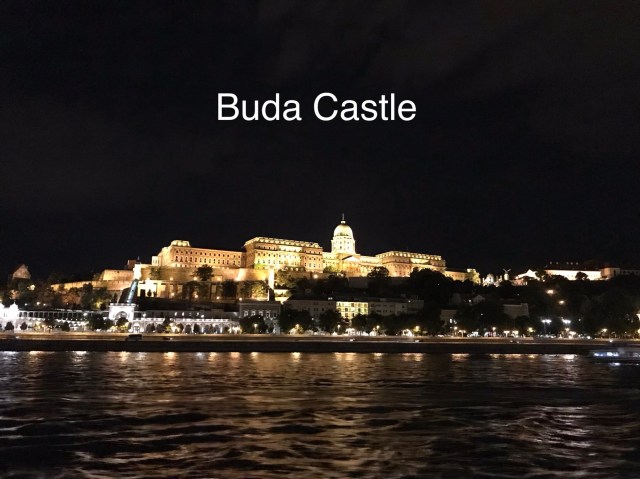

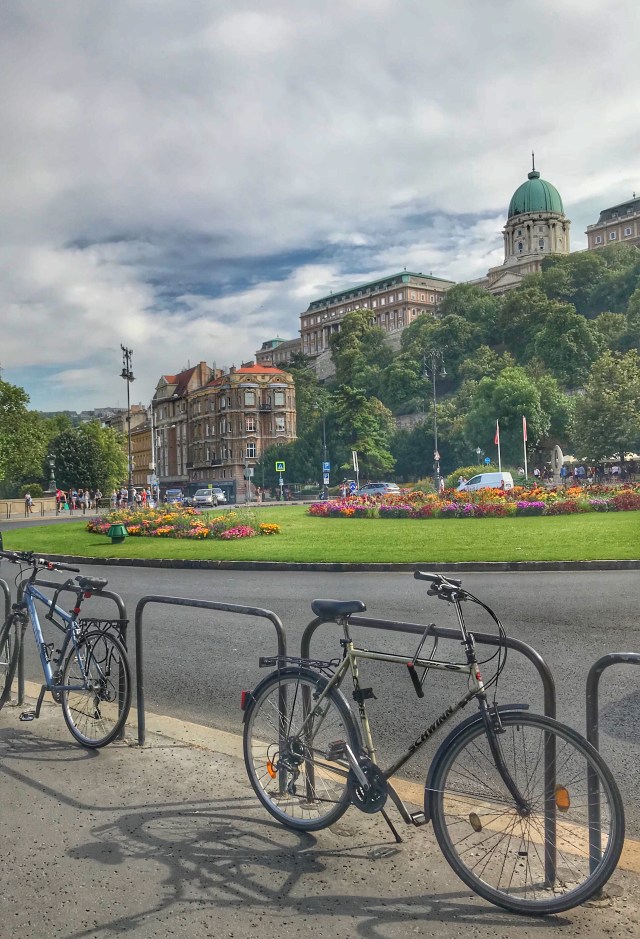
By the 10th century, the Hungarian Kingdom was established and the first king was St. Stephen who converted Hungary into Christianity. Soon, the French and Germans migrated here and then, the Mongolian invasion happened in the 12th century, thus destroying both cities. Through the centuries until Buda, Pest and Old Buda (Obuda) were joined in 1873, the city saw its transformation from Medieval Hungary to Renaissance Budapest to Turkish Budapest. And then the Hapsburgs came. Pest was soon to become the cultural and economic center of Hungary. But let’s talk about Buda first, and deal with Pest in my next blog. 😊
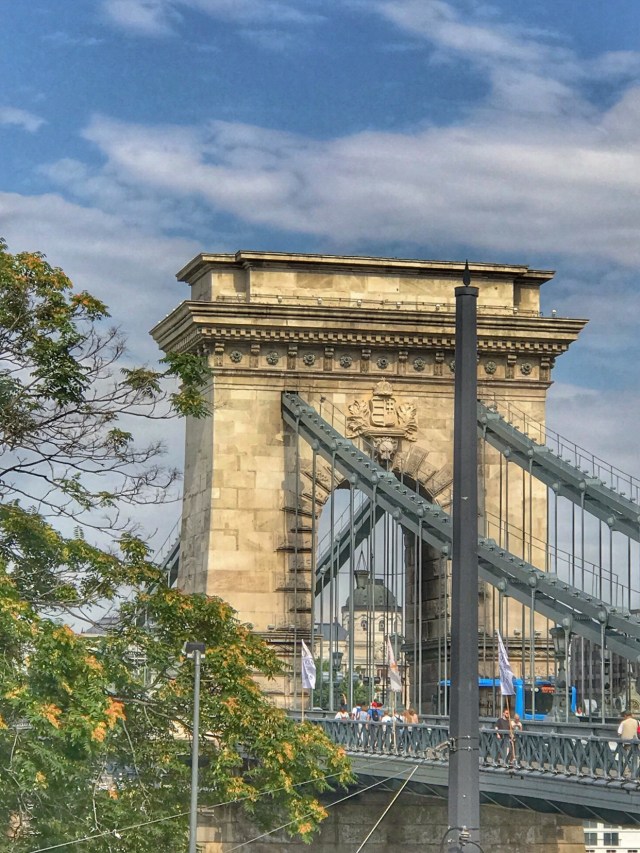

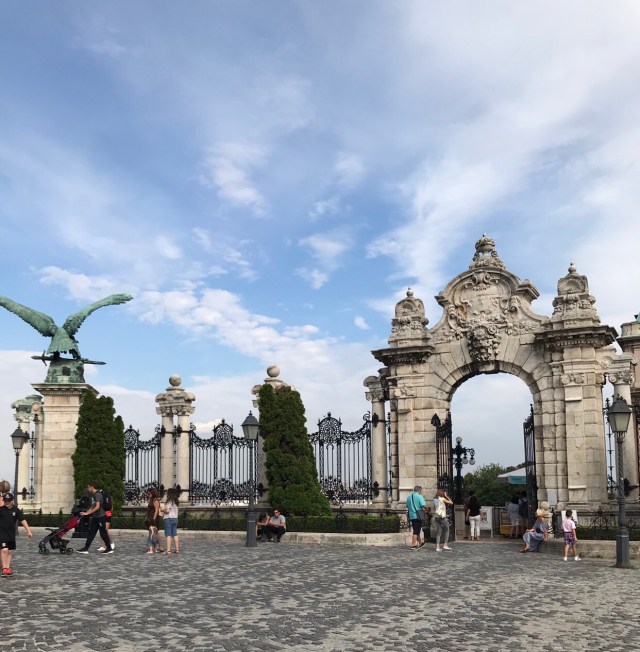
Buda Castle sits on Castle Hill with a perfect view of the Pest side. You can appreciate a night view of Buda riding a boat which glides slowly along the Blue Danube, or you can join a walking tour which requires stamina to last nearly 3 hours. Oh, there’s a funicular to climb up Castle Hill and visit the 3 major attractions on this side of the river. But we WALKED. 🏃♂️🏃♀️ And we crossed the Chain Bridge ON FOOT. 👣👣And we CLIMBED. 🚶♀️🚶♀️🚶♀️All the way to Buda Castle, 🏰🏰 Fisherman’s Bastion and St. Matthias Church 🕍🕍🕍 These 3 account for the best Buda attractions on the western bank of the Danube . All UNESCO Heritage Sites.
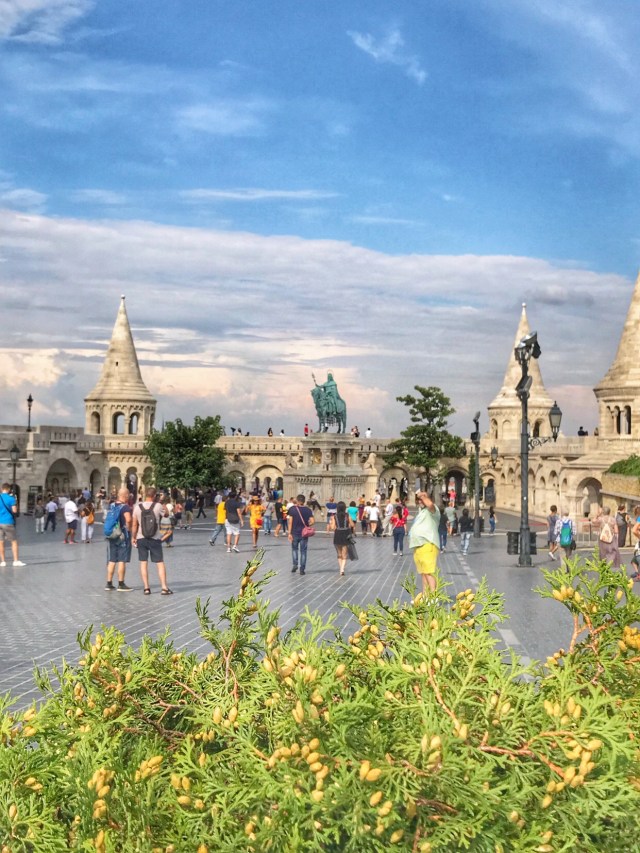
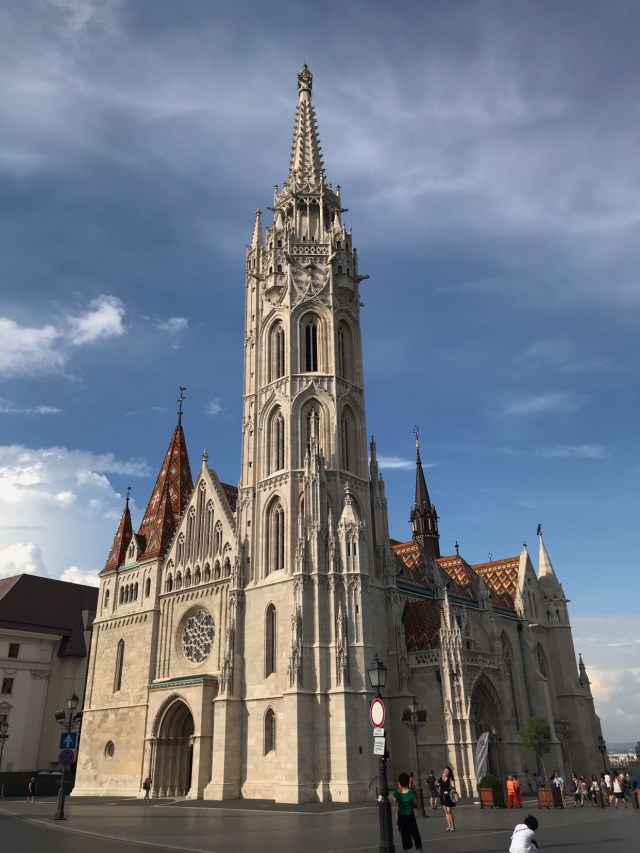
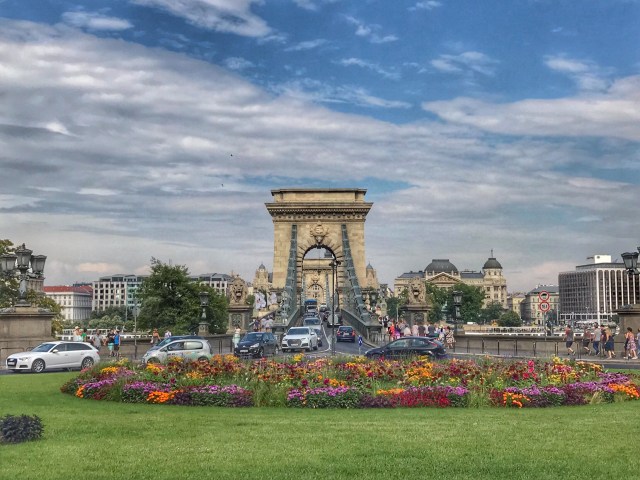
Its rich history doesn’t end here. The Austro-Hungarian Empire can claim much of what present-Day Budapest is. The Empire lasted only till the First World War. Then, during the Second World War, it cast its lot with Nazi Germany. The Germans seized the city and soon a dark period began for the country’s Hungarian Jews. There were political upheavals and once more, the nation in the 19th century transitioned from being a Hungarian Soviet Republic for a brief period, to being a Kingdom without a king.
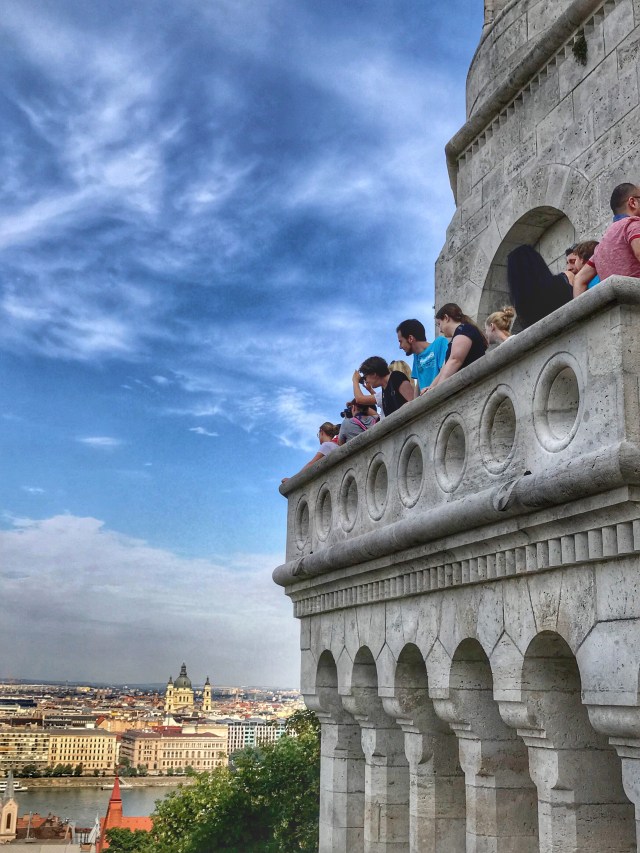
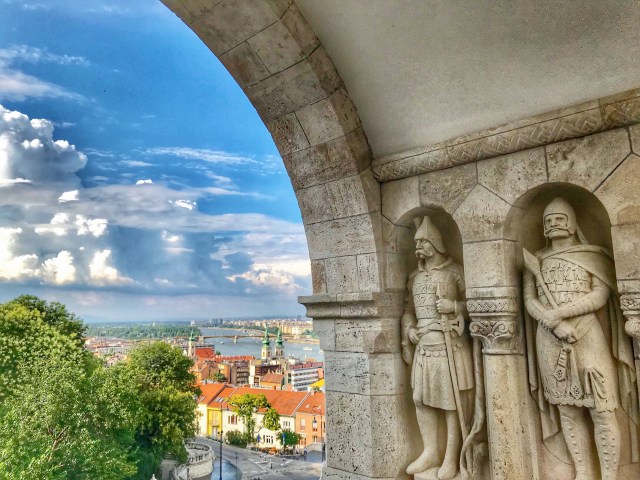
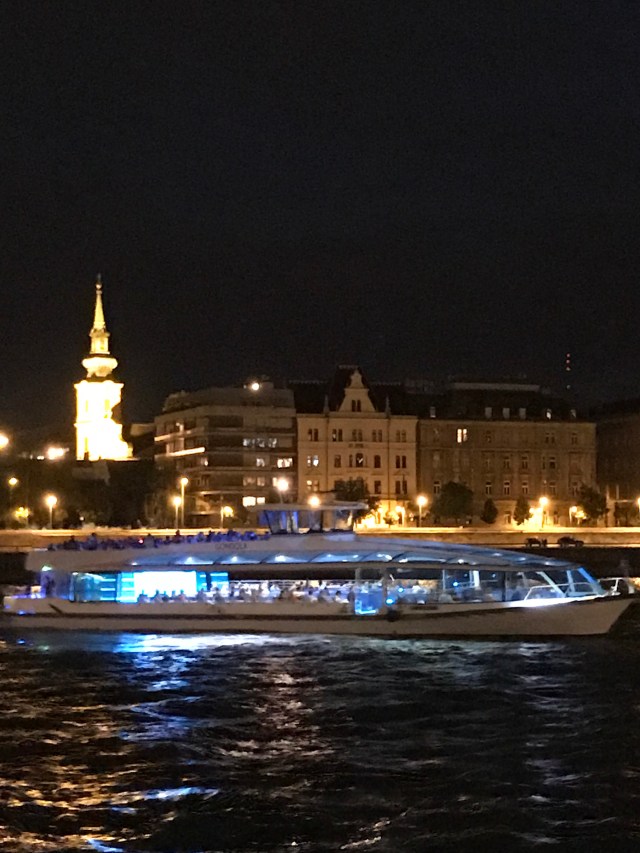
Castle Hill looks more “imperial” than its better-half on the right bank. Where Pest is flat, Buda is hilly. The first bridge connecting the 2 was built only in 1848. The other bridges look nothing less and maybe more interesting for those eager for a view of the thermal pools. Among its attractions, I like Fisherman’s Bastion with its fairy tale windows offering the best views of Pest. I am also intrigued by St. Matthias Church which was the venue for the coronation of the last 2 Hungarian Hapsburg monarchs : Frank Joseph in 1867 and King Charles IV in 1916. Earlier destroyed by the Mongols, it was reconstructed, restored and survived wars to what it is today. Side by side, the Saint Matthias Church and Fisherman’s Bastion are 2 sites not to be missed. Or for that matter, a visit to Budapest is a must-see destination. One falls in love with this city. Buda or Pest side, both are lovely. On foot or gliding on a riverboat, both sites are magical.

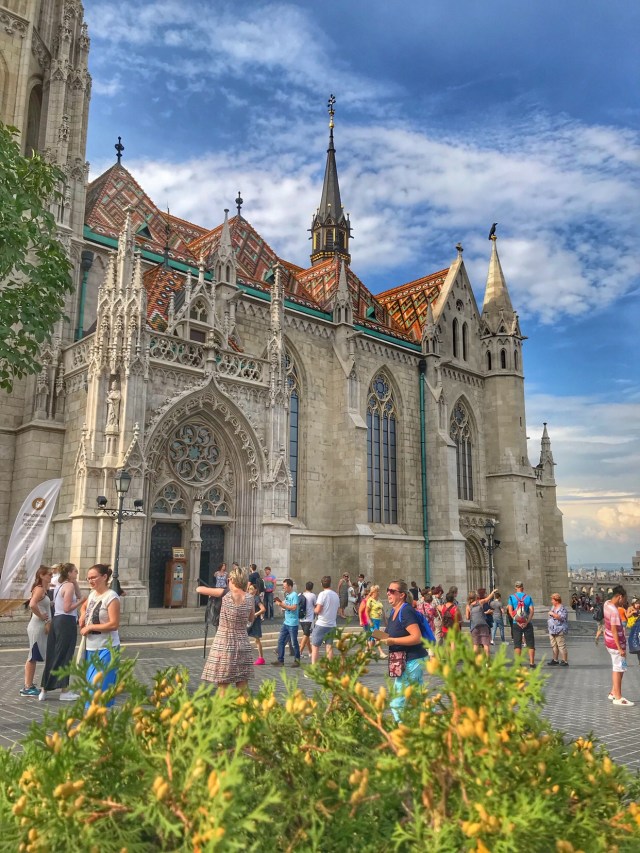
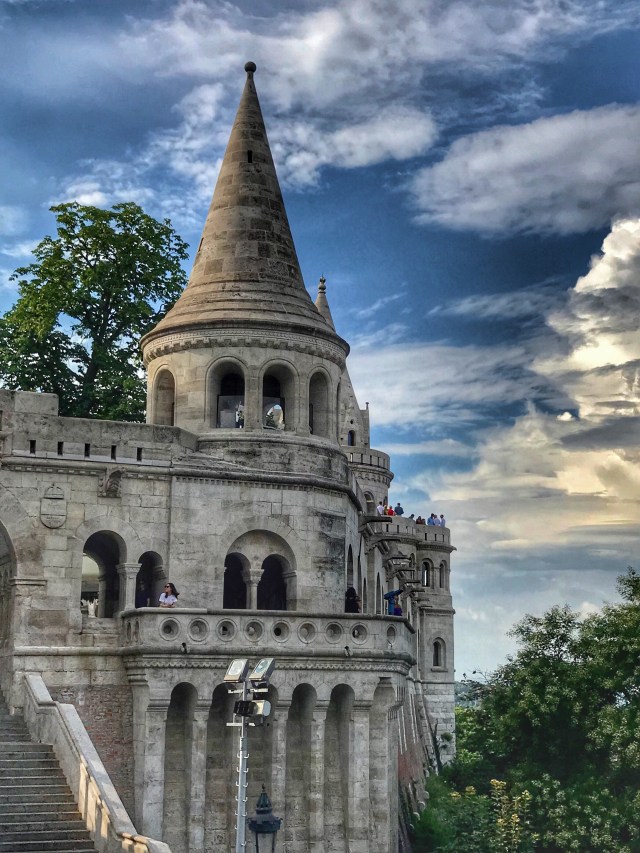







like the name of your blog. didn’t leave disappointed. Great shots!
Thanks @sushilove51 !
Your always welcome! keep celebrating!